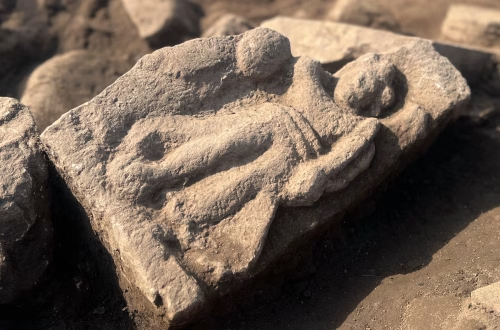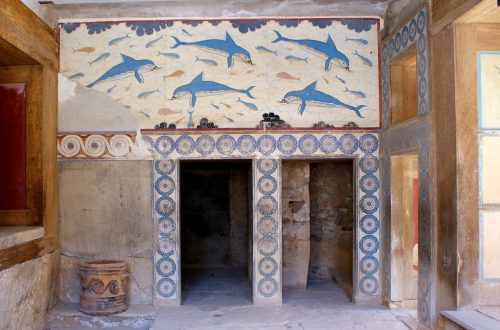Archaeologists have confirmed that a 6th-century Byzantine bucket discovered at Sutton Hoo, Suffolk, likely served as a cremation vessel. The bucket, pieced together from fragments found over decades, contained cremated human and animal bones, offering new insights into burial practices of the early medieval period in England.
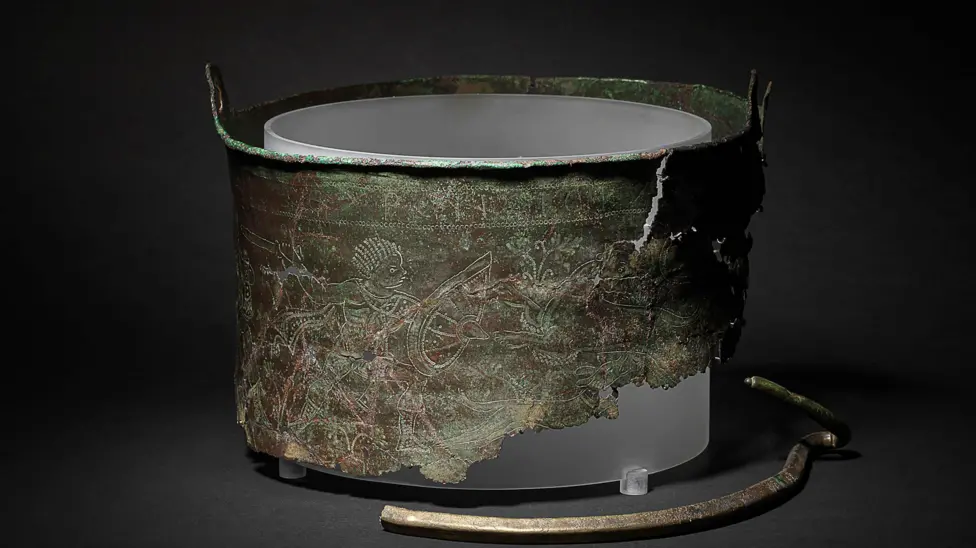
The bucket’s fragments were first unearthed in 1986, with additional pieces discovered in 2012 and 2024 during excavations at the site. Located near Woodbridge, Sutton Hoo is renowned for its Anglo-Saxon burial mounds, including the famous ship burial of 1939, believed to be the resting place of King Raedwald of East Anglia, who died around 624 AD. The latest find came during a dig in the Garden Field, a burial ground identified in 2000, where archaeologists and volunteers, including those from the television programme Time Team, worked to uncover further evidence of the site’s past.
Experts, including Anglo-Saxon specialist Helen Geake, noted the bucket’s unique significance. “It’s a remarkable mixture- a vessel from the southern, classical world containing the remains of a very northern, very Germanic cremation,” she said. Originally from the Eastern Mediterranean, the bucket had been damaged and repaired in antiquity, with parts soldered back together. Analysis revealed cremated remains of both humans and animals within its base, suggesting it held the ashes of an “important person” from the Sutton Hoo community. Animal bones hint at possible ritualistic elements, a practice seen in other early medieval burials.
The bucket’s reconstruction marks a key moment in understanding Sutton Hoo’s complex burial traditions. Unlike the ship burial, which contained unburnt remains and treasures, this find points to cremation as an alternative rite. The Garden Field, where the bucket was found, is thought to contain graves of low- to high-status individuals, potentially relatives of those in the Royal Burial Ground. Metal detection across the field has recorded items in 3D, with the remains now sent for specialist processing and cataloguing, expected to return to Sutton Hoo later.
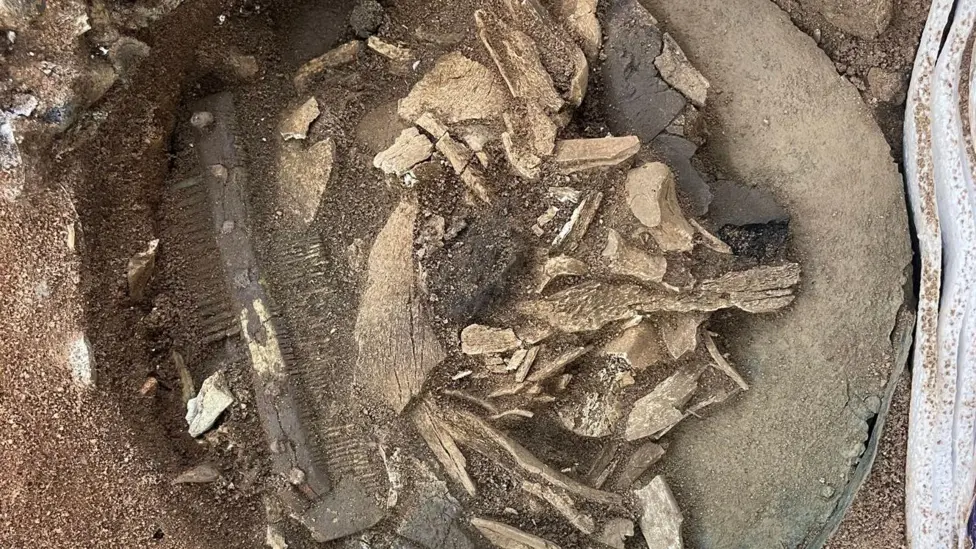
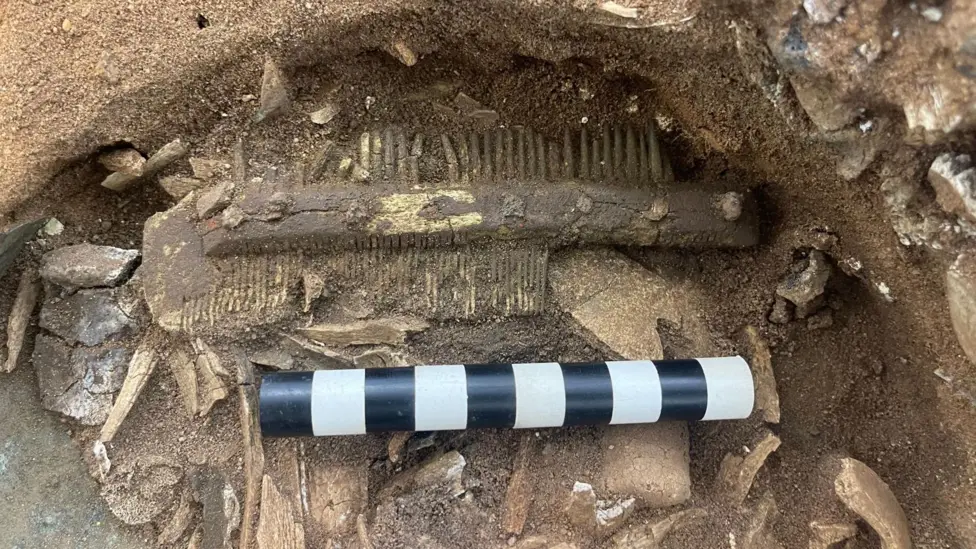
This discovery builds on Sutton Hoo’s reputation as a site of exceptional archaeological value, often dubbed England’s “Valley of the Kings.” The site’s acidic soil has preserved organic materials, while recent excavations have unearthed other significant artefacts, including fragments of the bucket noted in earlier digs. The National Trust, which manages Sutton Hoo, continues to support research, with hopes that further analysis will reveal more about the identity and status of the person cremated.
The find has drawn attention from archaeologists and the public alike. Time Team, involved in the recent digs at the site, can be watched on YouTube hosted by Tony Robinson, detailing this and other discoveries from the excavations. The bucket’s Eastern Mediterranean origin contrasts with the Germanic cremation practice, raising questions about trade and cultural exchange in 6th-century Britain. As experts await results from the bone analysis, the artefact promises to deepen knowledge of this pivotal period in history.
